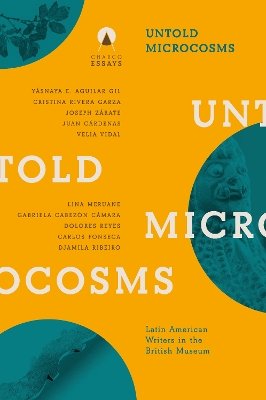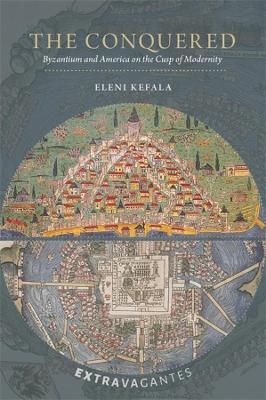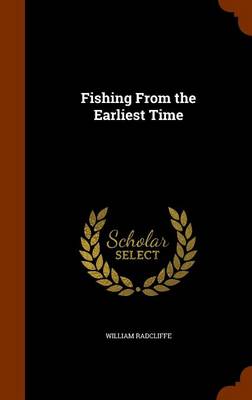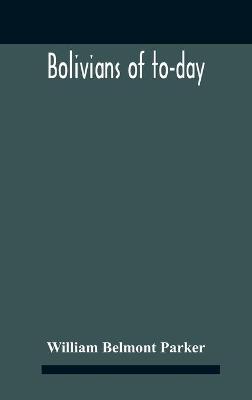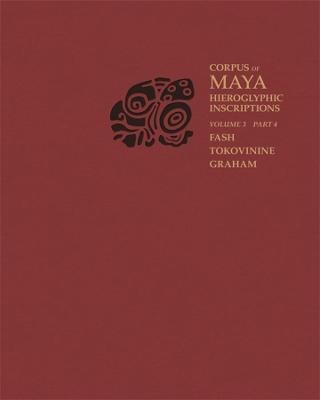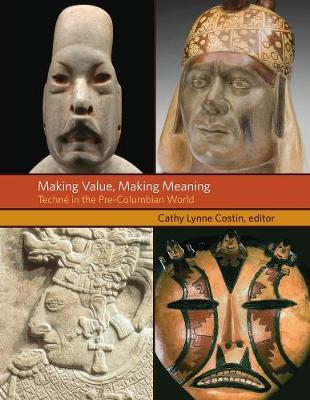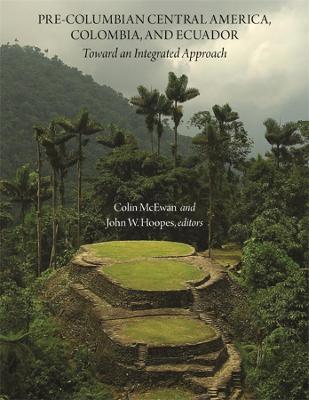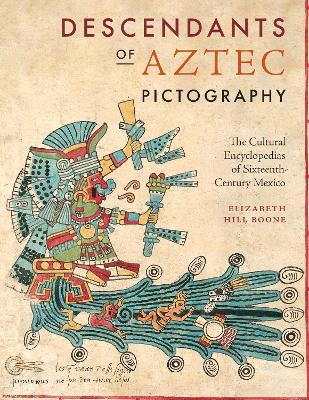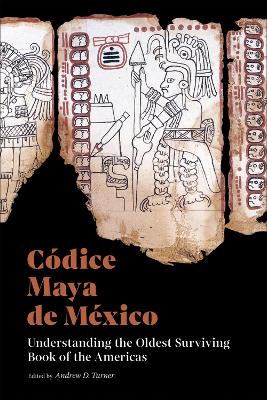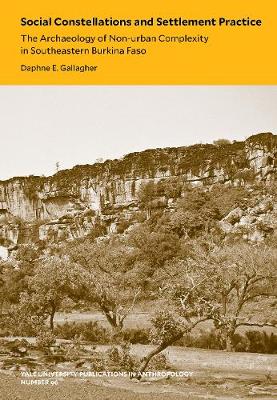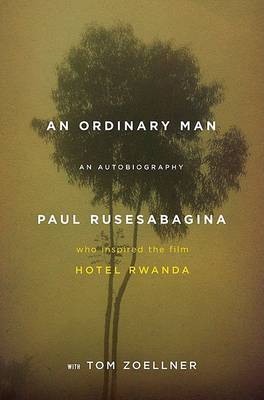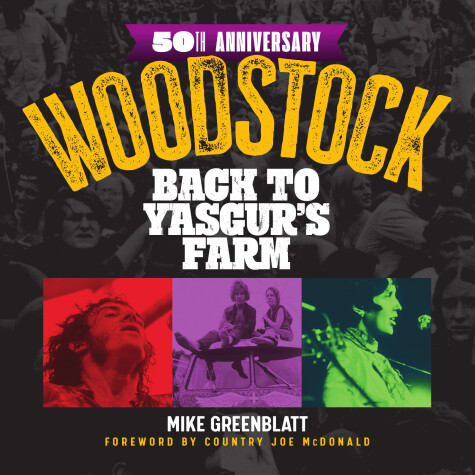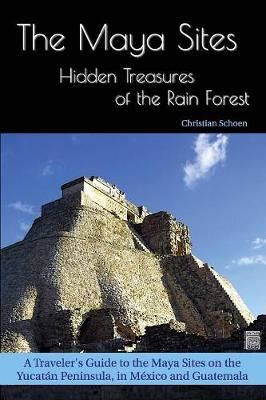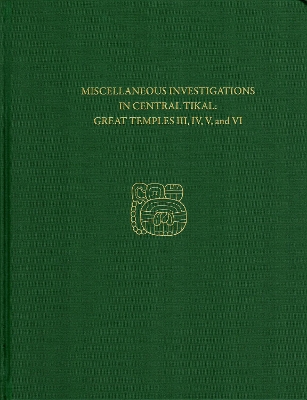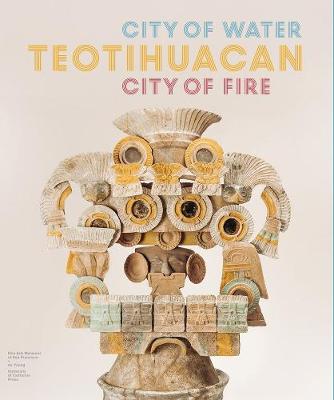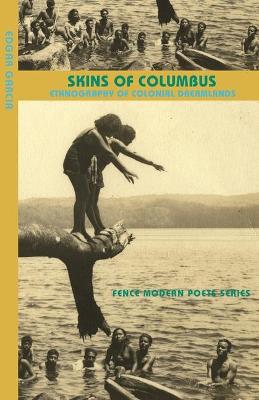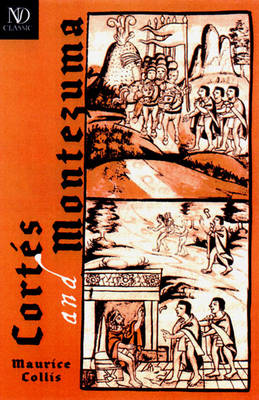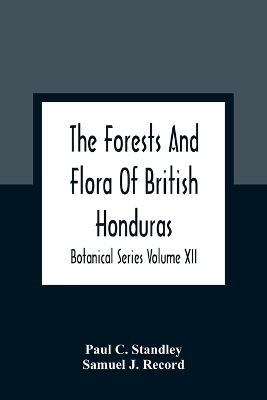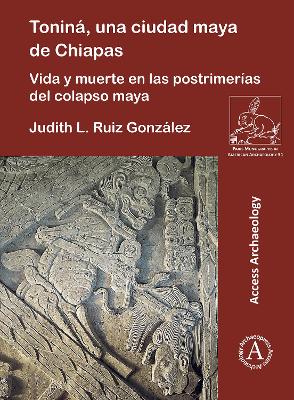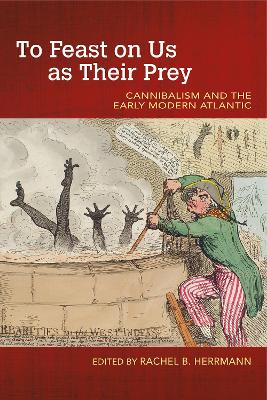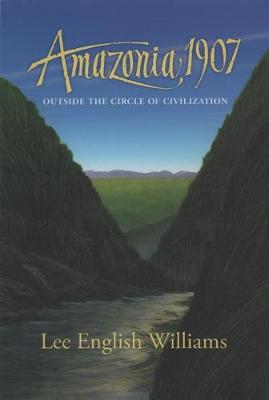The greatest "unsolved mystery" of the American Southwest relates to the Anasazi, the native peoples who in the 11th century converged on Chaco Canyon (now New Mexico) and built a flourishing cultural center that attracted pilgrims from far and wide, a vital crossroads of the prehistoric world. The Anasazis' accomplishments--in agriculture, in art, in commerce, in architecture and engineering--were astounding, rivaling those of the Mayans in distant Central America. By the 13th century, however,...
Corpus of Maya Hieroglyphic Inscriptions, Volume 3: Part 4: Yaxchilan (Corpus of Maya Hieroglyphic Inscriptions)
by Barbara W. Fash, Alexandre Tokovinine, and Ian Graham
Making Value, Making Meaning (Pre-Columbian Symposia and Colloquia)
by Cathy Lynne Costin
Pre-Columbian Central America, Colombia, and Ecuador (Dumbarton Oaks Other Titles in Pre-Columbian Studies)
In the aftermath of the sixteenth-century Spanish conquest of Mexico, Spanish friars and authorities partnered with indigenous rulers and savants to gather detailed information on Aztec history, religious beliefs, and culture. The pictorial books they created served the Spanish as aids to evangelization and governance, but their content came from the native intellectuals, painters, and writers who helped to create them. Examining the nine major surviving texts, preeminent Latin American art hist...
An in-depth exploration of the history, authentication, and modern relevance of Codice Maya de Mexico, the oldest surviving book of the Americas. Ancient Maya scribes recorded prophecies and astronomical observations on the pages of painted books. Although most were lost to decay or destruction, three pre-Hispanic Maya codices were known to have survived, when, in the 1960s, a fourth book that differed from the others appeared in Mexico under mysterious circumstances. After fifty years of debat...
An exploration of political strategies, economic practices, and land use in a region inhabited by precolonial West African Gulmance kingdoms This volume explores the relationships among political strategies, economic practices, and land use in a region inhabited by precolonial West African Gulmance kingdoms. It proposes that variability in farming practices and landscape use was driven by political choices in land use in the early second millennium CE, a shift from the more sedentary farming h...
An Ordinary Man (Platinum Readers Circle (Center Point))
by Paul Rusesabagina
Confronting killers with a combination of diplomacy, flatter, and deception, Paul Rusesabagina managed to shelter more than 1,200 Tutsis and moderate Hutus while homicidal mobs raged outside with machetes during the Rwandan genocide. His autobiography explores the inner life of the man in a way the film could not. Rusesabagina discusses the racial complexity within his own life - he is a Hutu married to a Tutsi - and his complete estrangement from the madness that surrounded him during the genoc...
"We're all still at Woodstock" --Richie Havens The year was 1969. Richard Nixon was in the White House. Neil Armstrong was on the Moon. And revolution was in the air. In that backdrop, 500,000 young people gathered on a mid-August weekend in upstate New York for the promise of three days of peace and music. What they experienced at the Woodstock Music and Art Fair was something far greater. Celebrating "the greatest peaceful event in history," Woodstock 50th Anniversary: Back to Yasgur'...
Miscellaneous Investigations in Central Tikal--Great Temples III, IV, V, and VI
by H. Stanley Loten
The Maya center of Tikal, in Guatemala, is famous for its well-preserved architecture. This book presents detailed descriptions of four of the six Great Temples that dominate Tikal's city center. Whereas Great Temples I and II were published in 1990 in Tikal Report 14, the four structures presented here are Great Temples III, IV, V, and VI. All but Great Temple V represent Late Classic construction and can be associated with known rulers. It is tempting to think of these structures as funerary m...
Spirit Outside the Gate (Missiological Engagements)
by Oscar Garcia-Johnson
Throughout the history of the Christian church, two narratives have constantly clashed: the imperial logic of Babel that builds towers and borders to seize control, versus the logic of Pentecost that empowers "glocal" missionaries of the kingdom life. To what extent are Westernized Christians today ready for the church of the Pentecost narrative? Are they equipped to do ministry in different cultural modes and to handle disruption and perplexity? What are Christians to make of the Holy Spirit's...
Founded in the first century BCE near a set of natural springs in an otherwise dry northeastern corner of the Valley of Mexico, the ancient metropolis of Teotihuacan was on a symbolic level a city of elements. With a multiethnic population of perhaps one hundred thousand, at its peak in 400 CE, it was the cultural, political, economic, and religious center of ancient Mesoamerica. A devastating fire in the city center led to a rapid decline after the middle of the sixth century, but Teotihuacan w...
Landing on the Mexican coast on Good Friday, 1519, Hernan Cortes felt himself the bearer of a divine burden to conquer and convert the first advanced civilization Europeans had yet encountered in the West. For Montezuma, leader of the Mexicans, April 21, 1519 (known in their sophisticated astronomical system as 9 Wind Day) was the precise date of a dire prophesy: the return of Quetzalcoatl, a fearsome god predicted to arrive by ship, from the East, with light skin, a black beard, robed in black-...
The Forests And Flora Of British Honduras; Botanical Series Volume XII
by Paul C Standley and Samuel J Record
Miscellaneous Investigations in Central Tikal--Structures in and Around the Lost World Plaza
by H. Stanley Loten
The Great Maya center of Tikal, in Guatemala, is famous for its well-preserved architecture. This book presents descriptions of six structures that belong to the Tikal Project category "standing architecture," that is, though partially collapsed, some features of these buildings remain in place and accessible without excavation. These structures were surveyed with little or no excavation as part of the Tikal Project Standing Architecture Survey. This report is the primary record of these structu...
Toniná, una ciudad maya de Chiapas (Paris Monographs in American Archaeology)
by Judith L. Ruiz Gonzalez
Toniná was a Mayan city, located between two cultural areas near the Chiapas Highlands. It has been widely proposed that the Maya collapse implied the disappearance and depopulation of many cities; this research addresses the survival of Toniná towards the threshold of the Postclassic. For this purpose, 15,956 human bones found in Structure 15 of the fifth platform in the Acropolis of Toniná were analysed. The analysis of anthropological osteology allowed us to know the biological profile and to...
To Feast on Us as Their Prey (Food and Foodways)
Long before the founding of the Jamestown, Virginia, colony and its Starving Time of 1609–1610—one of the most famous cannibalism narratives in North American colonial history—cannibalism, and accusations of cannibalism, played an important role in the history of food, hunger, and moral outrage. Why did colonial invaders go out of their way to accuse women of cannibalism? What challenges did Spaniards face in trying to explain Eucharist rites to Native peoples? What roles did preconceived notion...
